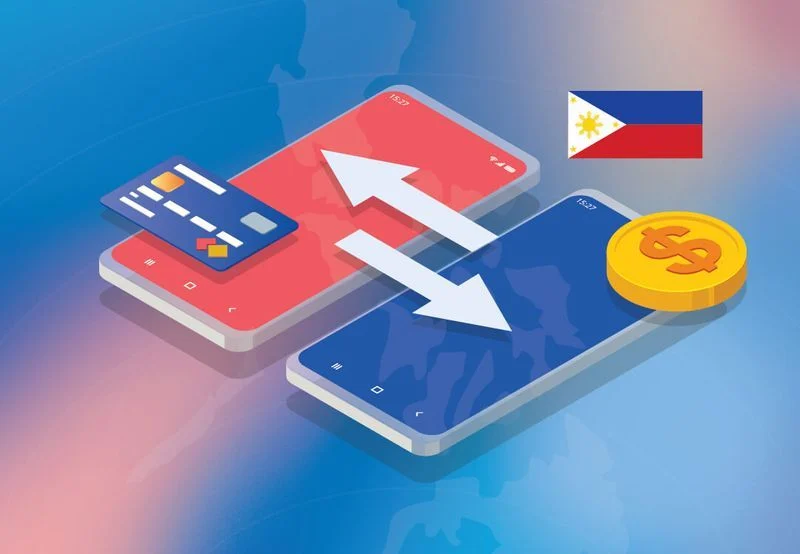Are NFTs Dead? The Use Cases That Prove the Contrary
Recently, Ryan Roberts, the CFO of NFT platform Opensea, quit his job. This departure, which happened after just one year in the role, is the latest in a series of changes within the NFT sector that some find concerning. But are we actually witnessing the fall of NFTs? In this article, we will explore some announcements and potential use cases that seem to prove quite the opposite.
The Rise and Fall of NFTs
NFTs began to be noticed in early 2021, with volumes peaking up that same year’s summer. The market reached all-time highs in early September, tapered off for a bit, and then started soaring until it reached a total value of over six billion dollars in trading volume during the last week of January 2022. But then, the numbers began to decline.
By April and May 2022, NFT volumes were declining and soon after nosedived to record lows. NFT sales volumes are, at this point (September 2022), at a mere $515M. The extent of the decline is almost 90% from the highs of January 2022.
When NFTs were at the peak of their popularity, there was a lot of liquidity. Central banks were pumping money into the economy and there was exuberance all around. Today, the scenario is different, but it’s worth remembering that NFTs are an incredibly important piece of innovation. So, what are they, exactly?
What are NFTs, and Why Do They Matter?
NFT stands for Non-Fungible Token, or a unique digital identifier that cannot be copied, substituted or subdivided. The token is also recorded in the blockchain, where it can help prove authenticity and ownership for provenance purposes. For this reason, NFTs can be easily transferred by the owner to someone else - which allows for NFTs to be sold and bought.
Practically anyone can create an NFT; the skills required to do so are not difficult to learn. NFTs are also quite flexible; they can include any kind of digital files, such as photos, videos, or audio. And they are rather distinct from cryptocurrencies because, by definition, they are not fungible.
The first NFTs gathered interest as unique collectibles. For example, Bored Ape Yacht Club (BAYC) picked up rapidly and soon became the market leader. However, are these types of NFTs the future? We’re not so sure. Yet, this might actually be good news.
Three Directions for the Future of NFTs
There are three directions or use-cases that can help create a bright future for NFTs, and the main reasons why we think the space is still full of possibilities. We’re talking about new assets, tokenization of physical assets, and NFTs for hard-to-digitize documents. So, let’s look into each of them.
1st Use Case: The Emergence of a Totally New Asset
These new types of NFT assets can be anything allowed to be used in the metaverse and consumed by users. For example, your sword in a game or something you can wear as apparel in a virtual world. We can expect several of these NFTs to rise in the coming years.
2nd Use Case: Tokenization of Physical Assets
The second use case is assets such as artwork, videos, movies, and music that artists can tokenize. But bigger assets can also be subdivided and tokenized; for example, you can split the ownership of a building into smaller parts and trade them securely on a blockchain ledger.
3rd Use Case: NFTs for Solving Hard-to-Digitize Real-World Problems
Cross-border trade has been notorious for having a lot of very physical bespoke requirements that make it hard to digitize. For example, invoices that are issued from the exporter to the importer or bill-of-ladings that are required to establish proof that the goods have left the shores of the exporter. All of these documents can be very easily converted to NFTs, which would create new levels of efficiency for the trillions of dollars worth of global trade and trade finance sector.
Why NFTs Are Definitely Not Dead
Even in this icy crypto-winter, where very few things seem to be going right for Web3, there are several new NFT developments that look particularly promising.
July has been a rather announcement-filled month. For instance, the number one influencer on TikTok, Kahby Lame, stated he was launching his exclusive NFT collection. That same month, Meta also began testing NFT integration on Facebook and Kevin Hart, comedian and CEO of Hartbeat, publicized his NFT collection “Confessions from the Hart”.

But that’s not all. Nike came out with a new item: Nike branded video game NFTs and filed a patent with the US patent office. Ducati joined forces with Ripple to deploy NFTs. Tiffany & Co, one of the most prominent names in luxury goods, decided to launch a series of NFTs called “NFTiff”.
These are just a few examples from some of the most-loved consumer brands in the market, but there’s more.
You can argue soccer is the world’s most popular sport. Well, FC Barcelona announced the sale of its stable NFT artwork for about $690.000 in an auction that was held in August. And FIFA will launch the FIFA+ Collect, a new platform that will allow people to collect and own NFTs from FIFA’s 92-year-old history. The platform will officially launch for the world cup in Qatar, later this year.

Other brands are following the trend. Gucci is entering the NFT space, Lamborghini has introduced exciting new NFT props, and even Disney is partnering with Polygon to experiment with these types of assets.
These events are not insignificant at all. We believe it’s essential to remember that these tokens are a genuine source of innovation. And, as we have seen, there can be some potentially game-changing use cases on the horizon. We can expect to see them all in the coming months and years, as many teams around the world are already working on these projects.
So, to answer the question of whether NFTs are dead: Absolutely not. If anything, the future of NFTs is actually as bright as it gets.
Table of Contents
Suggested Article
Explore our products

Make global payments at the speed of a click

Accept payments, remove borders.

Unlock Seamless Digital Currency Transactions Anywhere









.png)














